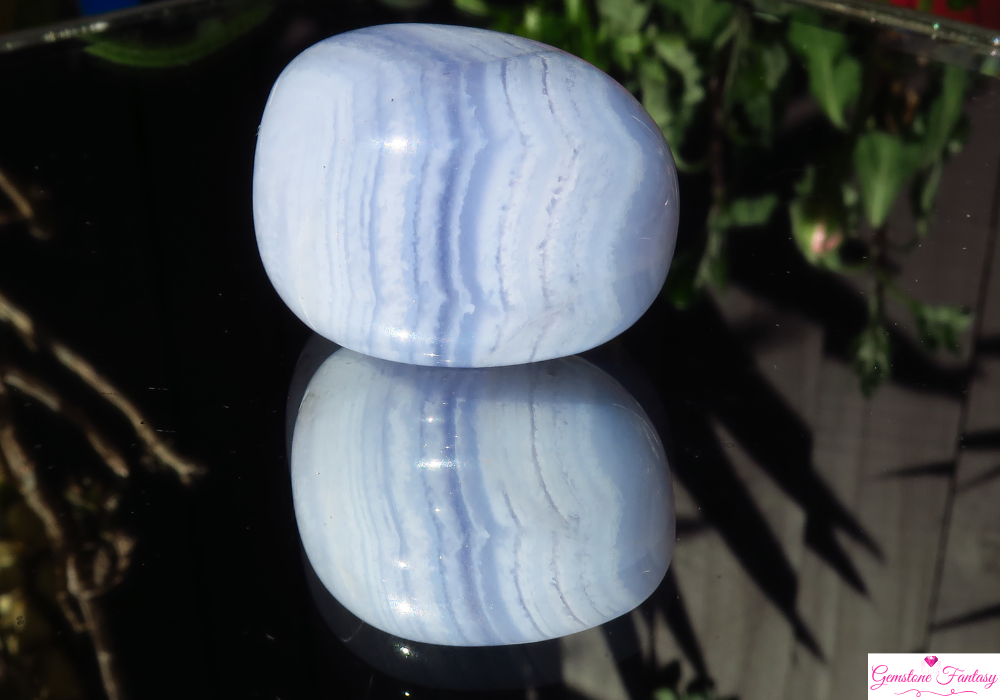Red coral, known for its vibrant red color and unique texture, is a precious marine organism widely appreciated in jewelry and decorative arts. Formed from the calcium carbonate skeletons of tiny marine polyps, red coral is not only beautiful but also carries cultural and historical significance. Its striking appearance and purported metaphysical properties make it a popular choice among jewelers and collectors alike.
Geological Formation
Red coral is formed by the calcium carbonate exoskeletons produced by coral polyps, tiny marine animals that live in colonies. These polyps thrive in warm, shallow waters, building intricate reef structures over time. As the coral grows, the outer layer of the coral skeleton dies, leaving behind the hard, vibrant material that is collected and polished for use in jewelry.
Red coral is primarily found in the Mediterranean Sea, especially around the coasts of Italy, as well as in parts of the Pacific and Indian Oceans. The collection of red coral involves sustainable practices to ensure the preservation of marine ecosystems, as overharvesting can threaten coral populations and their habitats.
Varieties and Classifications
Red coral is primarily classified based on its color and origin. Some notable varieties include:
- Natural Red Coral: This variety is harvested directly from the ocean and retains its vibrant red hue without any treatment. It is the most sought-after and valuable form of red coral.
- Processed Coral: Some coral may be treated or dyed to enhance its color. This type may not have the same value as natural coral but can still be used in jewelry.
- Branch Coral: This type of coral exhibits a branching structure, often used in elaborate designs and statement pieces.
- Morrocan Coral: Known for its unique colors and patterns, this variety hails from the waters off the coast of Morocco.
The color intensity and clarity can greatly influence the classification and value of red coral, with deeper red shades typically being more prized.
Cultural Significance and Folklore
Red coral has been revered in various cultures for centuries, often associated with protection, vitality, and good fortune. In ancient times, it was believed to have protective qualities against evil spirits and negative energies.
In Mediterranean cultures, red coral was considered a symbol of life and fertility. It was often used in amulets and talismans to safeguard against misfortune and to promote health and prosperity. In many traditions, red coral is also associated with the planet Mars, embodying strength and courage.
In Asian cultures, particularly in China, red coral is believed to bring good luck and is often incorporated into traditional jewelry and artifacts. Its vibrant color is associated with prosperity and happiness.
Birthstone and Zodiac Connections
While red coral is not an official birthstone, it is often associated with the zodiac sign Aries (March 21 – April 19). Its vibrant red hue is thought to resonate with Aries individuals, enhancing their natural energy and confidence.
In some traditions, red coral is also linked to the month of December, making it a meaningful choice for those born during this time.
Healing and Metaphysical Properties
Red coral is highly regarded in crystal healing and metaphysical practices for its purported properties. Some key attributes associated with red coral include:
- Emotional Healing: Red coral is believed to help alleviate emotional stress and promote a sense of stability. It is thought to encourage emotional resilience and balance.
- Protection: Many practitioners believe that red coral acts as a protective talisman, shielding individuals from negative energies and enhancing personal power.
- Vitality and Energy: Red coral is often associated with vitality, strength, and life force. It is believed to invigorate the body and mind, making it beneficial for those feeling fatigued or uninspired.
- Creativity and Passion: This stone is thought to enhance creativity and passion, making it a favored choice for artists and individuals seeking inspiration.
Popular Uses in Jewelry and Design
Red coral’s striking color and unique texture make it a popular choice in jewelry and decorative arts. It is often crafted into various forms, including:
- Jewelry: Red coral is commonly used in necklaces, bracelets, earrings, and rings. Its vibrant color pairs beautifully with gold, silver, and other gemstones, adding a touch of elegance to any piece.
- Beaded Designs: Coral beads are popular for creating stunning necklaces and bracelets, often combined with other gemstones or metals for added contrast.
- Carvings and Sculptures: Artisans often carve red coral into intricate designs, including figurines, pendants, and decorative items, showcasing its natural beauty.
- Traditional Jewelry: In many cultures, red coral is incorporated into traditional jewelry designs, including amulets and talismans believed to provide protection and luck.
How to Identify Authentic Gemstones
Identifying authentic red coral can be challenging, especially with the presence of imitation and synthetic alternatives. Here are some tips for recognizing genuine red coral:
- Color and Texture: Authentic red coral displays a rich, vibrant red hue with natural variations. Look for irregularities in color and texture, as these can indicate authenticity.
- Weight: Coral is relatively lightweight compared to other gemstones. Genuine coral may feel lighter than expected when held in hand.
- Surface Characteristics: Examine the surface for tiny pits or imperfections, which are natural characteristics of coral. A perfectly smooth or overly shiny surface may indicate a synthetic alternative.
- Price: Authentic natural red coral can be costly. Be wary of extremely low-priced pieces, as they may not be genuine.
Tips for Caring and Storing
Proper care is essential to maintain the beauty and integrity of red coral. Here are some tips for caring and storing your red coral jewelry and decor:
- Cleaning: Clean red coral gently with a soft cloth. Avoid using harsh chemicals or ultrasonic cleaners, as they can damage the stone.
- Storage: Store red coral separately from harder gemstones to prevent scratching. A soft pouch or jewelry box is ideal for protecting the stone.
- Avoid Heat and Sunlight: Red coral is sensitive to extreme temperatures and prolonged exposure to sunlight, which can cause fading. Store it in a cool, dark place when not in use.
Market Trends and Pricing
Red coral remains a sought-after gemstone in the market, particularly among collectors and those interested in metaphysical properties. Prices can vary significantly based on quality, size, and craftsmanship. High-quality natural red coral with vibrant colors and excellent clarity may command higher prices, especially in artisanal jewelry.
The growing interest in sustainable and ethically sourced materials has also influenced market trends, leading to a greater appreciation for responsibly harvested red coral.
Final Thoughts
Red coral is a captivating gemstone that combines beauty, cultural significance, and metaphysical properties. Whether you are drawn to its vibrant color or its associations with protection and vitality, red coral offers something unique for everyone. With proper care and appreciation, this remarkable stone can enhance your jewelry collection or serve as a meaningful talisman in your life.

















